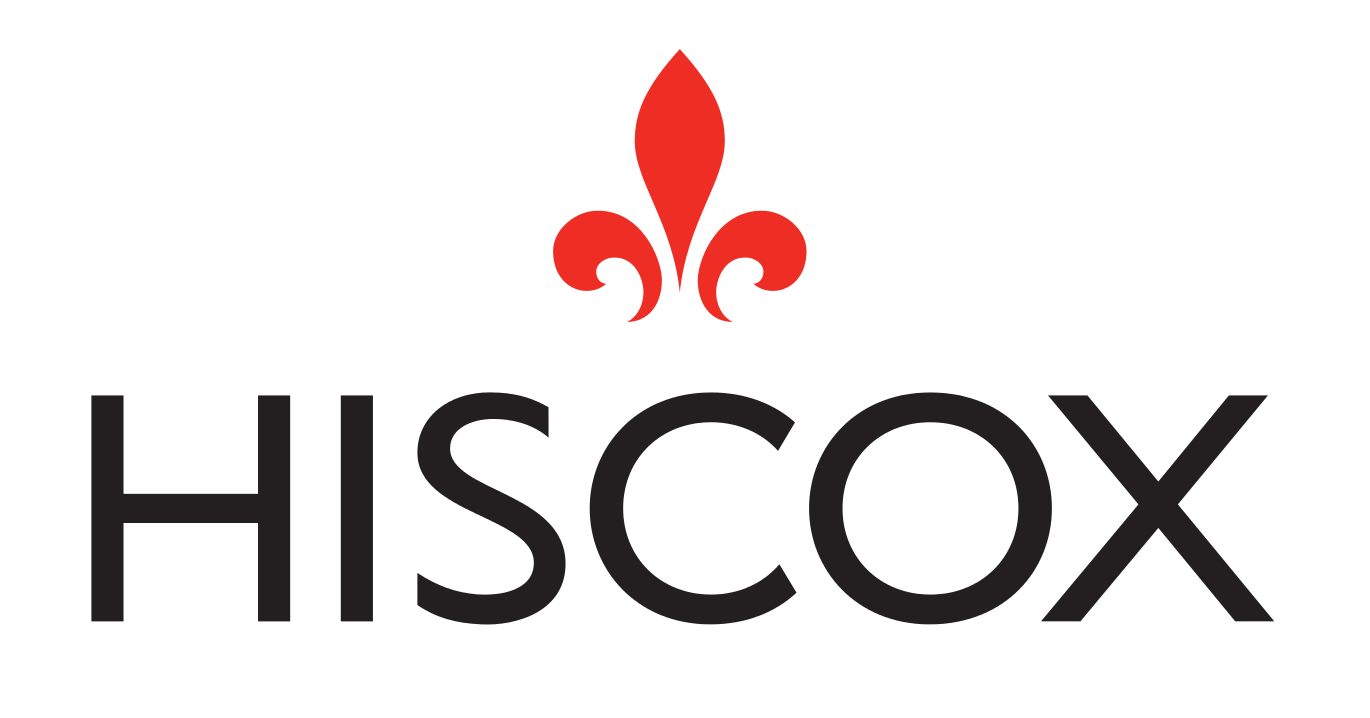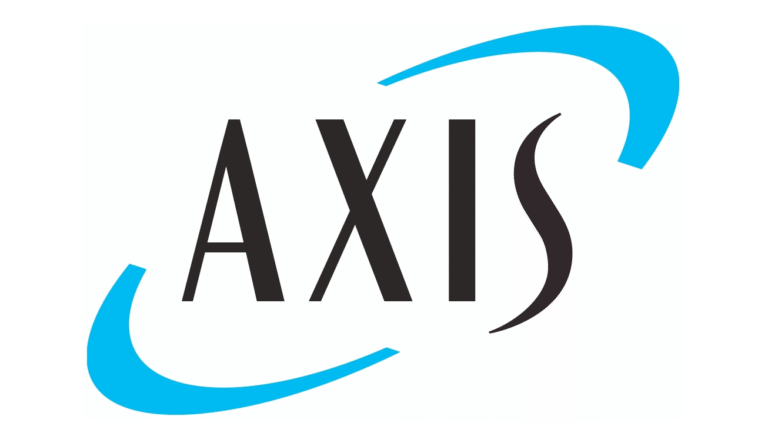
Specialist insurer Hiscox has published its first Global Protection Gap Report, highlighting the persistent issue of underinsurance among small and medium-sized enterprises (SMEs).

SMEs account for around 50% of global economic activity, making their protection critical. Hiscox’s research, which surveyed 6,250 small business owners across the UK, USA, France, Germany, Spain, and Portugal, found that concerns about risk are widespread.
Most business owners (92%) reported being kept awake by potential threats, with theft or damage to property, cyber attacks, and workplace incidents identified as the leading insurance concerns.
Despite this, many SMEs lack essential coverage. According to Hiscox, 55% of respondents did not have core protections such as professional indemnity, public liability, property, or employers liability insurance. This leaves businesses exposed to claims involving bodily injury, property damage, client lawsuits, or employee complaints.
Hiscox also notes that misunderstandings about insurance are common: nearly two-thirds of small business owners could not accurately describe public liability coverage, while comprehension of cyber insurance and professional indemnity was even lower.
In addition, Hiscox found that around a third of SMEs had not reviewed their insurance policies in the past three years, potentially leaving coverage out of step with changes in revenue, staff, products, or operations. Some businesses delay securing insurance entirely, with almost a quarter of respondents waiting until the business was profitable and 23% waiting until they were working full-time.
Joanne Musselle, Hiscox’s Group Chief Underwriting Officer, said: “As the business environment continues to evolve at pace, so too do the challenges that can impact the fundamental wellbeing of a small business. From cyber threats and supply chain disruption, to environmental events and shifting regulatory requirements, the landscape is shifting fast and it’s easy for it to feel overwhelming. The intention of this report is to help SMEs focus on some of those risks, and what they can do to minimise their exposure, and to help give them easier access to the resources that are out there to help and support them.”
Hiscox emphasises that gaps in understanding insurance leave businesses vulnerable to avoidable financial and operational shocks. Professional indemnity is often misunderstood despite being critical in covering claims of negligent service delivery, while cyber insurance is frequently misinterpreted, leaving businesses exposed to data breaches, security failures, financial scams, and cyber attacks.
Musselle added: “Small business owners invest years of hard work, resources and passion into building their dream business. They wear lots of different hats while they’re doing it; and not everyone has the capacity to be a risk manager as well. That’s why we’re sharing the results of this research, and our top tips for small business owners to help them fill that gap. Of course insurance has a role to play as a critical safety net, but it’s not a substitute for proactive risk management, and we want to do what we can to help make that process easier.”
Hiscox advises small businesses to assess potential risks, stay informed about developments affecting their sector, and review insurance coverage regularly to ensure it reflects the scale and scope of their operations.
This includes reviewing policy limits and adapting coverage as the business grows, as well as seeking guidance from brokers or insurers to secure appropriate protection. Many SMEs cap their insurance at £/$/€1 million, which Hiscox warns may not be sufficient in the event of significant property damage or legal claims.





